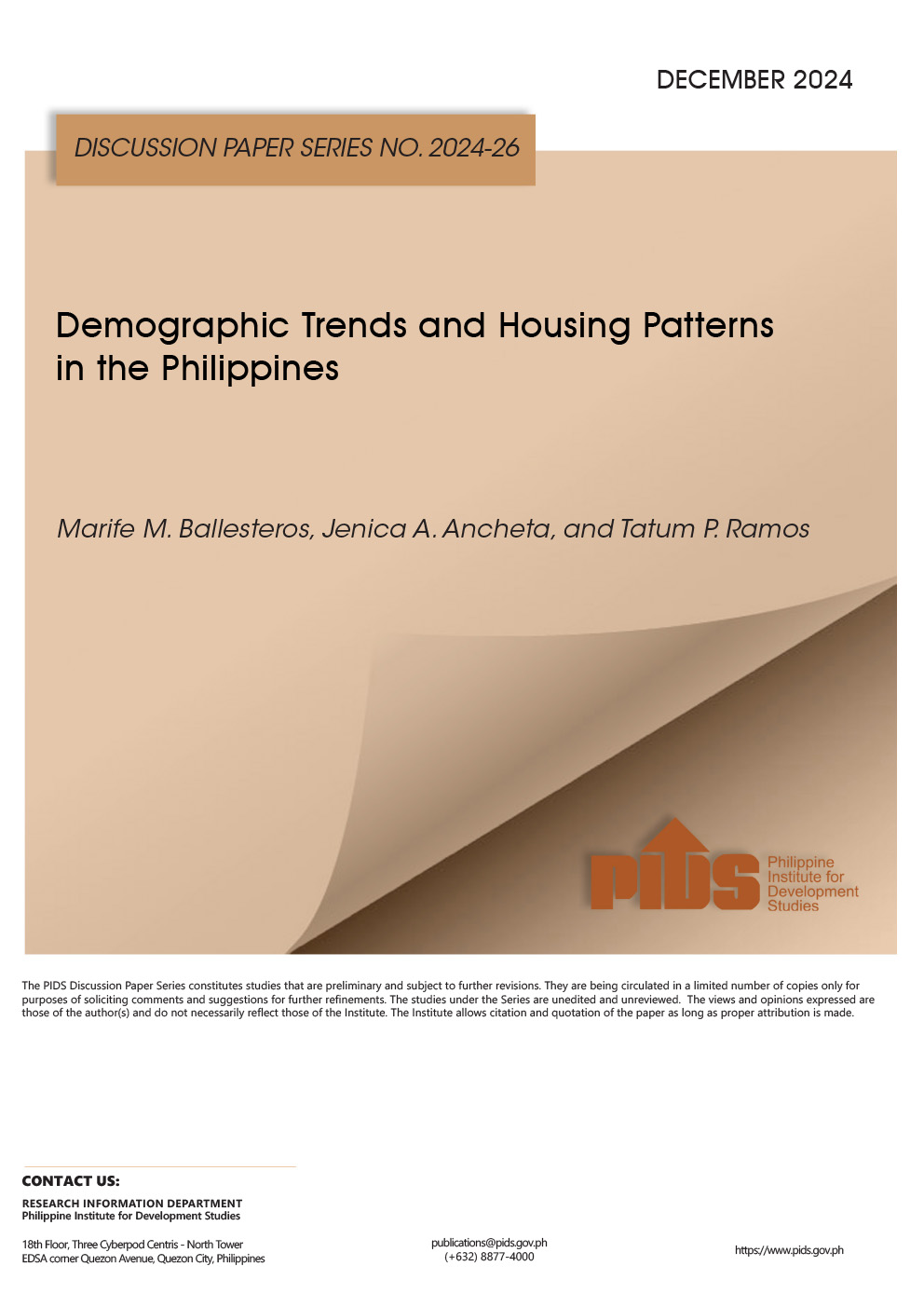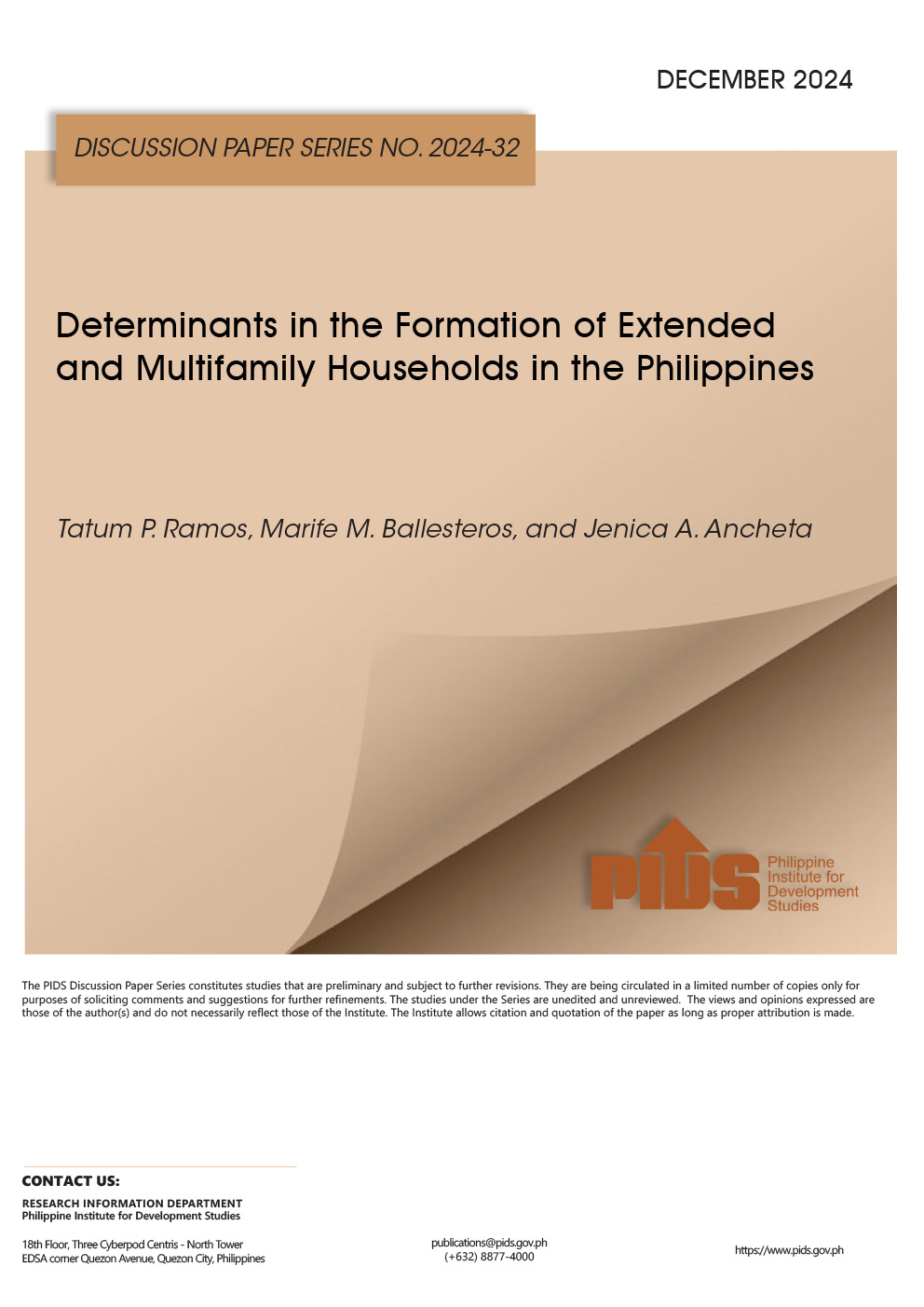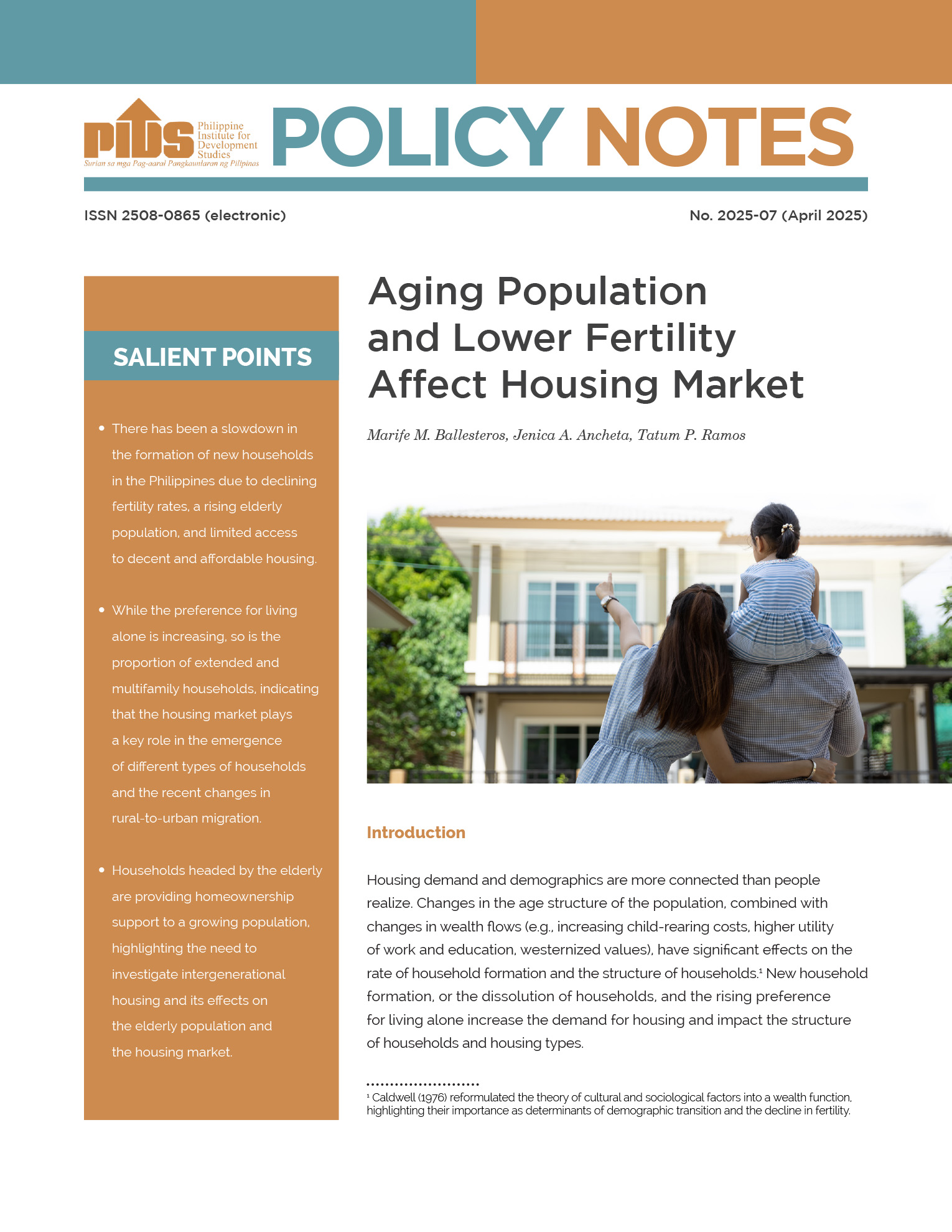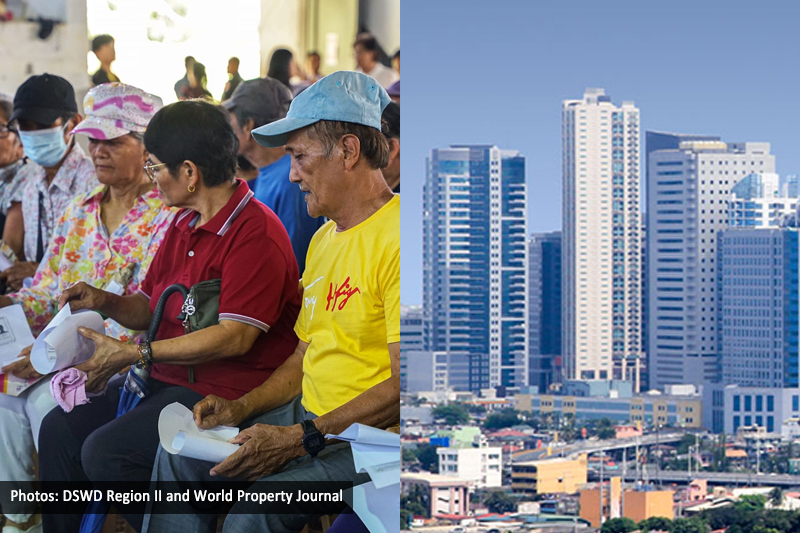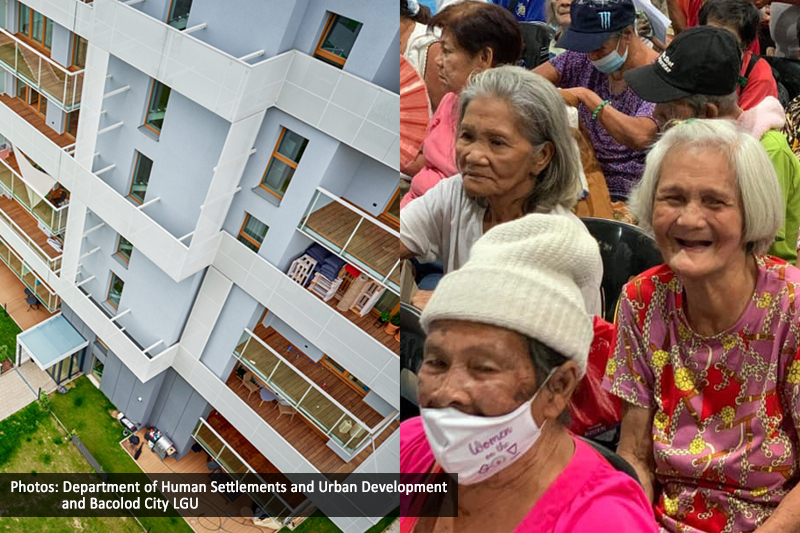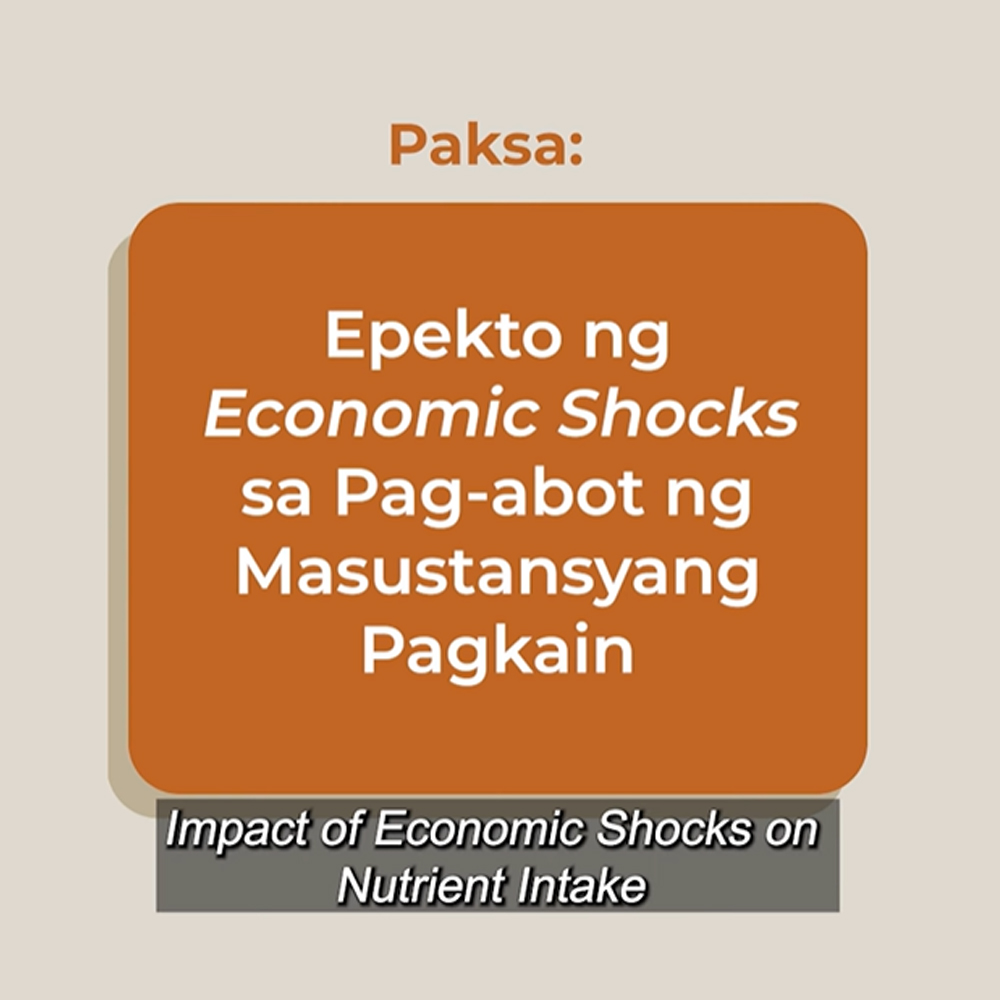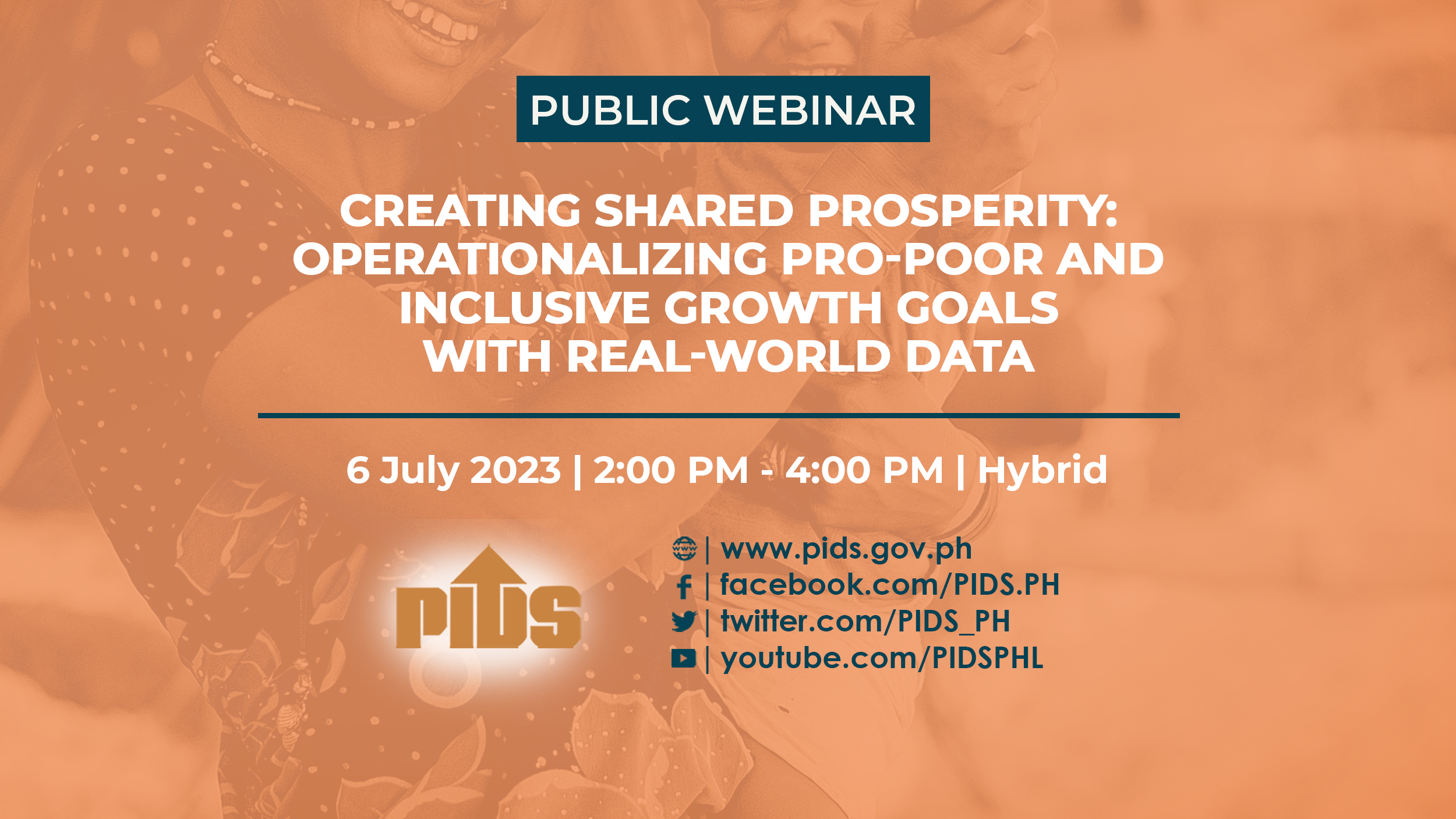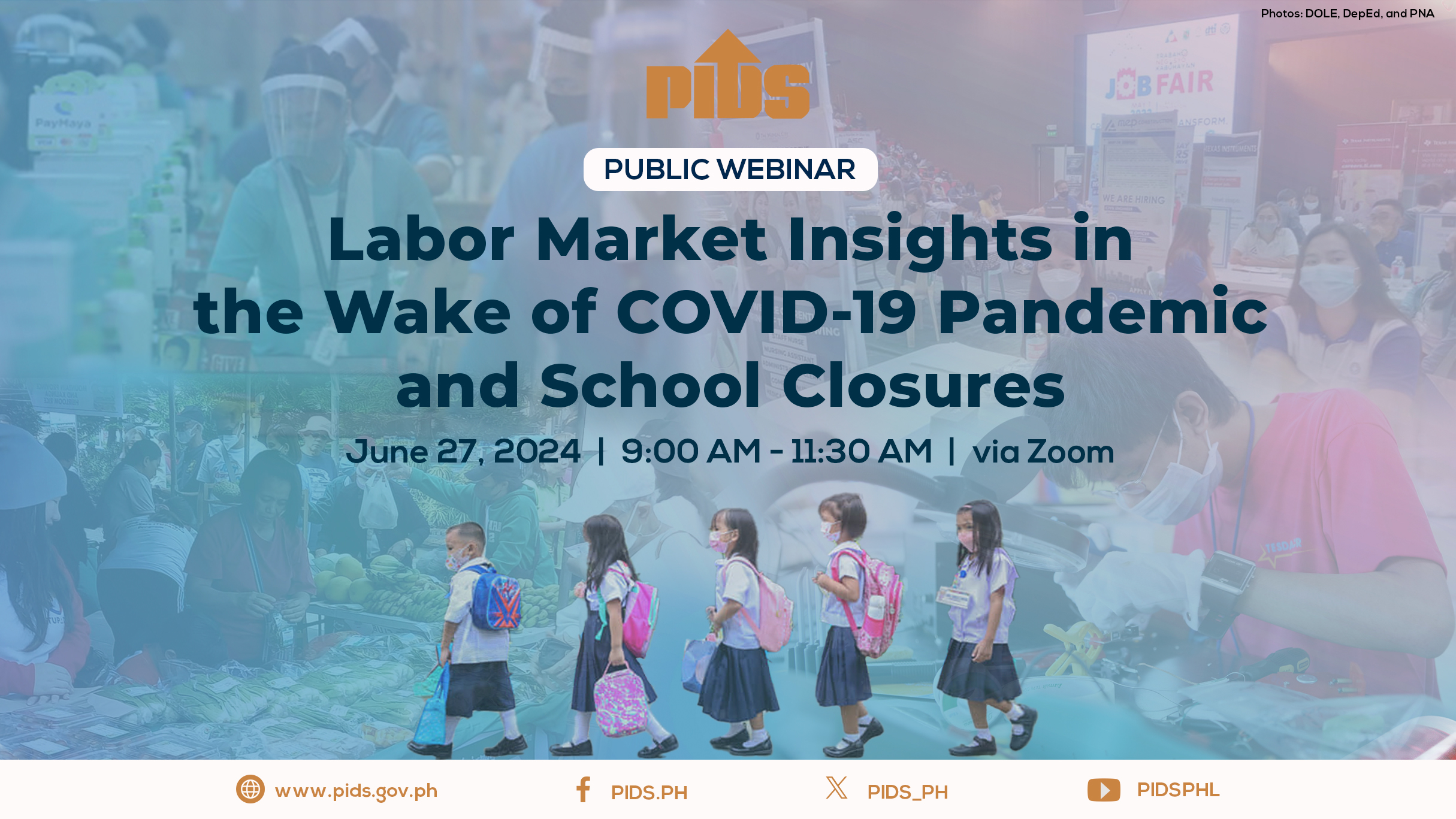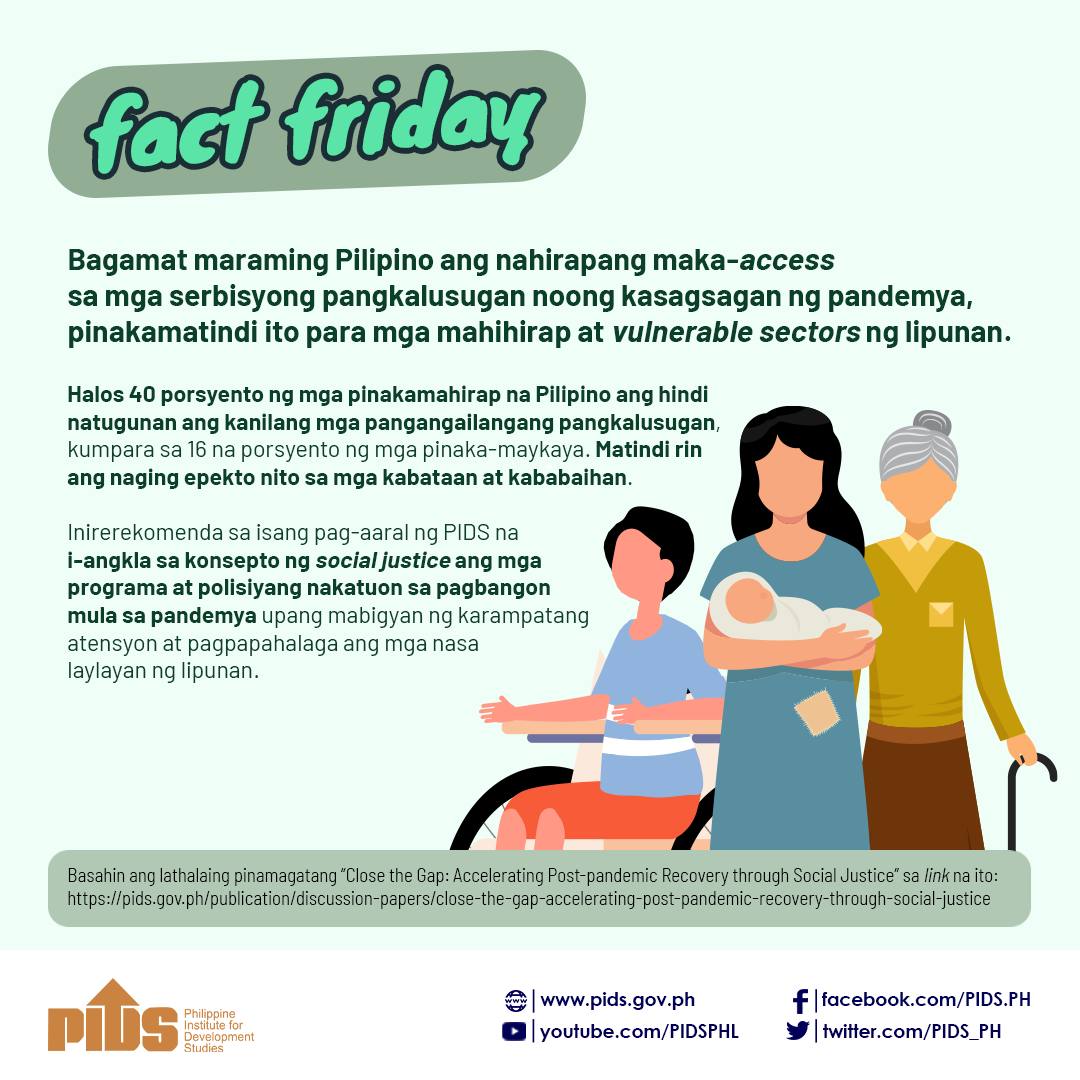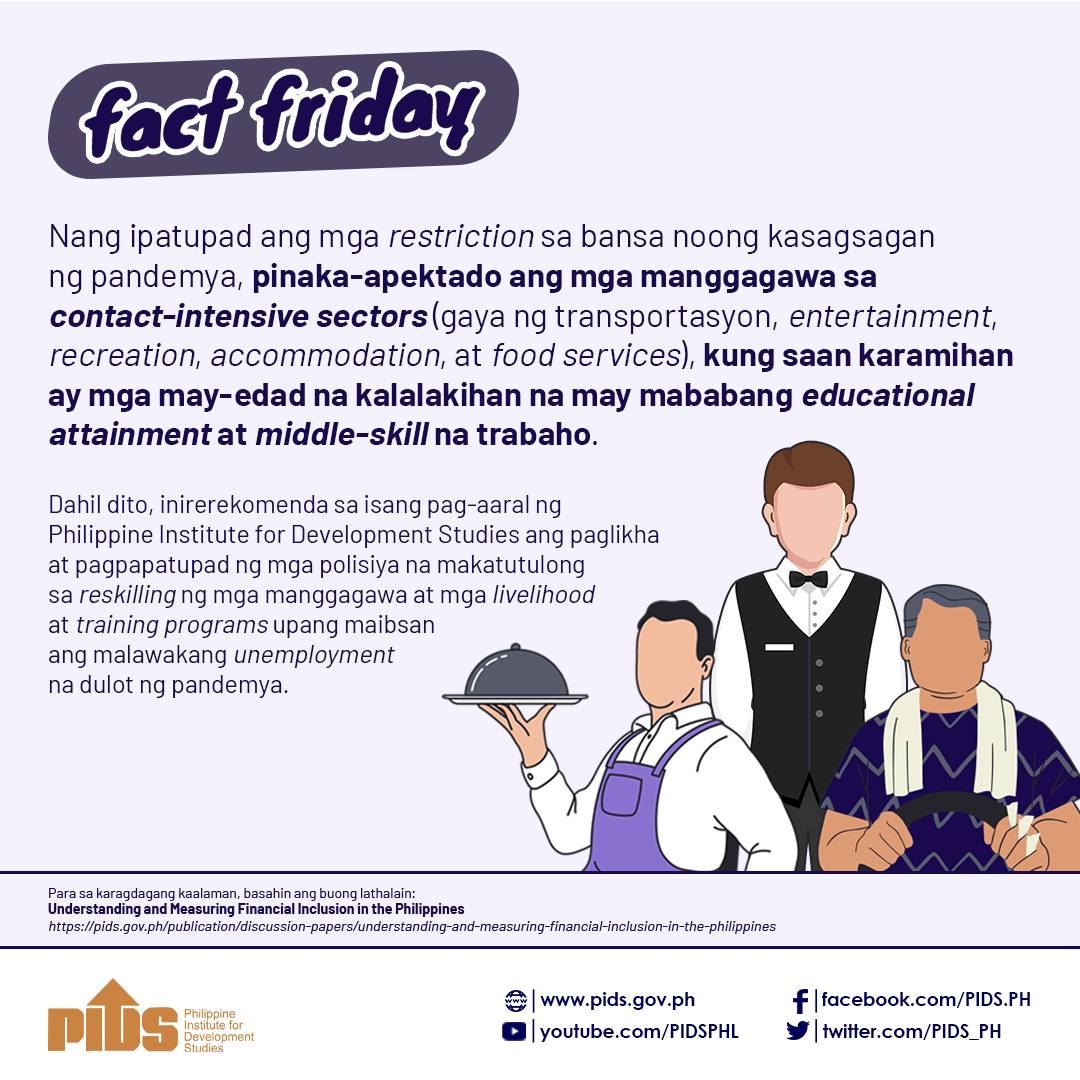From the beginning of mankind, the three basic necessities of human beings have always been listed as food, shelter and clothing. If we relate shelter to the real estate sector, one can assert that even in the midst of the ongoing pandemic and especially after it is put under reasonable control (say, two years from now), real estate is and will continue to be a good investment at all economic levels of society. For the households that have monthly incomes ranging from P20,000 to P70,000 (classified as low-middle income and middle-middle income by economists from the Philippine Institute of Development Studies) there is effective demand for low-cost and economic housing units that can range from P800,000 to P5 million per unit. These households constitute 36 percent of all households which in 2020 are estimated to number about 22 million. Thus, there are about 8 million households which are actual owners or potential buyers of low-cost and economic housing. Studies done by housing economist Dr. Stan Padojinog estimate that about 5.7 million of these households still do not own their own housing units. This is the existing unfilled demand for socialised (4.8M households for housing price range from P480,000 to P750,000), economic (304M households for price range of P750,000 to P1.75 Million), and low-cost (602M households for price range of P1.75 M to P3 M) housing.
Many of these households depend to a great extent on the foreign exchange remittances that they receive from their relatives who are OFWs. Even with the 600,000 displaced OFWs who have returned because of the pandemic, there continue to be close to 10 million abroad who are expected to send some US $30 billion of remittances (down from US $34 in 2019) in 2020. That is why there continues to be a strong demand for low-cost and economic housing during the pandemic. OFW remittances are expected to bounce back quickly (V-shape recovery) after the pandemic is put under control world wide. Thus there will be sufficient incomes for many households in this category to satisfy their demand for low-cost and economic housing for some time to come. What is more, the Philippine population continues to grow at 1.4 percent annually, adding to housing demand.
A separate market related to housing is the demand for all types of construction materials as those sold in home depots and similar stores for owner-driven construction. In a full blown study done by Dr. Padojinog for Habitat for Humanity entitled “Clearing the Backlog: An Updated Study of the Supply and Demand on ODC Segment,” valuable insights for both government and private business were provided about Owner-Driven Construction (ODC), defined as that housing segment characterized by (1) security of land tenure; (2) daily income ranging from a maximum annual income of P90,000 to P270,000 (more or less equivalent to the classification of low-middle income in the PIDS classification mentioned above); (3) ownership of a residence which may start as a”temporary” housing unit but in which they are willing to invest and upgrade; and (4) usually rural or peri-urban location.
In the study, the following terms used were defined as follows. “Unserved market” refers to those who cannot afford to purchase units in the open market because of limited access to information and/or lack of purchasing power to qualify for and access available financing offered by government housing finance institutions such as the Home Development Mutual Fund (HDMF), the Socialized Housing Finance Corporation (SHFC), and other private financing institutions such as commercial, rural and consumer banks.
The categories of housing units based on current market prices are as follows: 1) socialized housing – price ranges from P480,000 to P750,000; 2) economic housing from P750,000 to P1.75 million; 3) low-cost housing – between P1.75 million and P3.0 million; 4) middle-cost housing –between P3 million and P6 million; 5) upper-class housing –from P6 million and above. The study revealed that a significant size of households in the Philippines currently cannot participate in any housing finance program because their earnings cannot meet the thresholds normally required by public and private finance institutions for housing loans. As of 2018, the unserved segment is estimated to be close to 5.6 million households.
Most of the demand for housing is concentrated in the socialized and economic housing segments. Although many of these households can comply with the housing finance requirements to purchase housing units on credit, these units are not available in the market. If we combine the unserved segment and the special and economic segments, the total would be 11.3 million households, which account for close to half of the total 22.7 million households estimated in 2015. The backlogs are nationwide, occurring throughout the various regions. The combined total is close to the 2015 census estimates on the types of house ownership which revealed that around 45 percent of all Philippine household do not own or have owner-like possession of properties.
Real estate scenarios during pandemic

